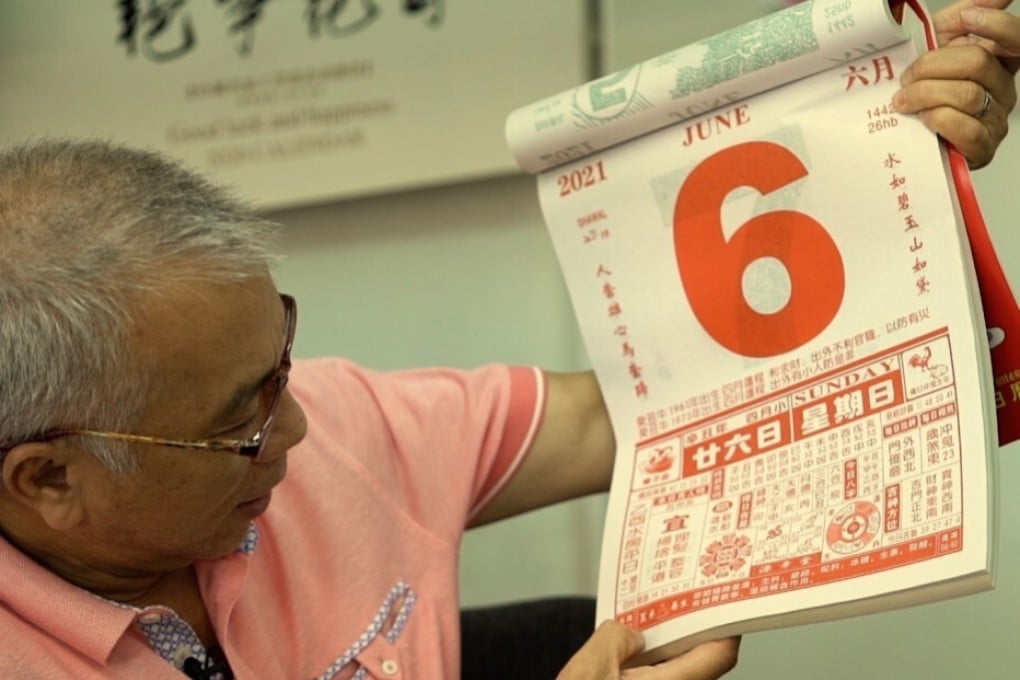The Chinese calendar: why people in China might say they have two birth dates
- For thousands of years, farmers have used the Chinese calendar to figure out the best times to plant and harvest crops
- It’s not just for agricultural advice – modern Chinese calendar designs also include horoscopes, lottery numbers and even recipes of the day

In China, asking for someone’s birth date can yield confusing answers, especially among the older generation.
That is because many people have two birth dates: one according to the Gregorian calendar and one according to the traditional Chinese calendar.
Unlike the Gregorian calendar, which is used in most parts of the world, the Chinese calendar bases its dates off the moon’s movement around the Earth, combined with the Earth’s movement around the sun. The Gregorian calendar tracks only the Earth’s orbit.
One month in the Chinese calendar is the length of time between two new moons, roughly 29.5 days.
For generations, farmers have used this calendar to predict natural phenomena and figure out the best times to plant and harvest crops, which is why some people consider it the world’s oldest almanac.
Records of the calendar date back to the Zhou dynasty (1046-256BC). A year is divided into 24 solar terms based on the Earth’s movement around the sun.
These solar terms each have a label denoting a different natural phenomenon. For example, the solar term jingzhe, which means “waking of the insects”, usually occurs around March.